Toxicokinetics is identical to pharmacokinetics, however carried out at supratherapeutic and possible toxic doses under a limited sample collection paradigm. Successful toxicokinetic analysis occurs when a scientist understands the pharmacokinetics of the drug and how the drug and any potential metabolites interact with the enzymes and transporters that are or may be involved with absorption, metabolism and clearance of the drug. Being in control of this information allows the toxicokineticist select the appropriate time points for characterization of the peak exposure (Cmax) and total exposure (AUC).
A proper data driven sampling paradigm in a toxicology study that balances science and cost will help ensure that the exposure levels that are below the toxic level (NOAEL) are maximized, to help provide the most accurate fold safety margin for clinical dose selection.




*including dose selection, frequency and sample collections
** Xyzagen can provide CDIS SEND PC and PP domains for regulatory submission
***Our Quality Assurance Unit (QAU) is a stand-alone unit to provide assurance that toxicokinetic study activities are conducted in compliance with procedures and applicable regulations. The QAU works with scientific staff and management to continually improve Standard Operating Procedures (SOPs) and quality systems.
Nonpivotal toxicology studies can be conducted as a nonGLP study without Good Laboratory Practice (GLP) Quality Assurance (QA) oversight. These studies are designed to inform the pivotal studies and typically contain a toxicokinetic (TK) proportion. The quality of TK analysis does not scientifically change between nonGLP and GLP and the same rigor in time point selection should be applied. The only difference is in the Quality Assurance (QA) oversight. A nonGLP analysis is more cost effective and more rapid in time to draft report due to the removal of the QA component. Our scientists can help you decide whether a GLP or non-GLP study is appropriate.